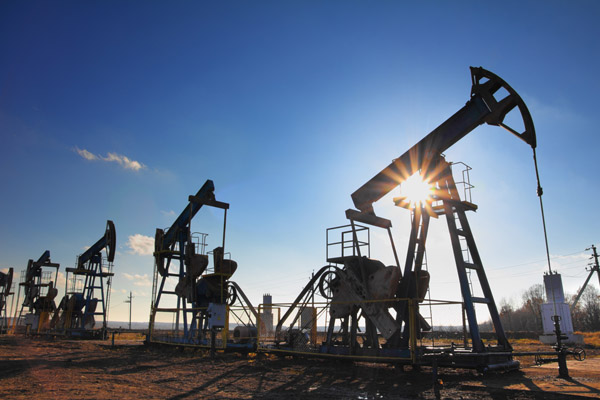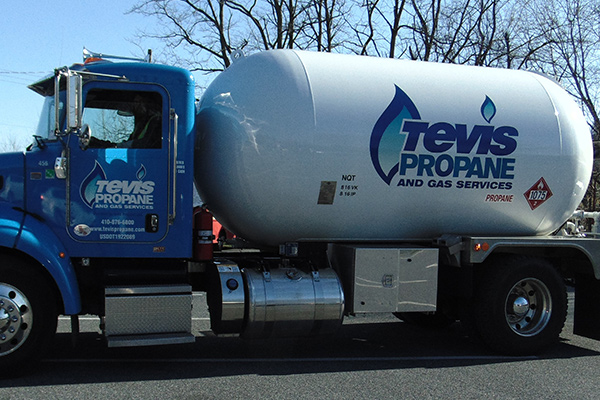
Propane is a very important fuel that’s used in many industrial, commercial, and residential applications. It can be used for home heating, cooking, warming up water, powering automobiles, and even heavy machines. People tend to be sensitive to changes in propane prices as they can have a significant impact on their budgets. The propane prices rise and fall at different points of the year. While the price of propane might seem random, there are a number of market forces that influence these price changes. By finding out what these are and how to anticipate them, you can get a better understanding of propane values at any time. It’s also possible to start predicting cyclic price changes so that you can make smart and timely buying decisions.
What Factors Have An Impact On Propane Prices?
Following are the major factors affecting propane prices:
1. The Global Supply Of Crude Oil

Crude oil is an unrefined fossil fuel. This fuel is formed from the remnants of organisms that lived many millions of years ago. Crude oil is found in massive reservoirs underground that are dug up or drilled all across the world. Crude oil is refined in large volumes to produce a variety of products including many petroleum-based goods and propane. When the global supply of crude oil declines; propane production decreases as well. This causes the price of propane to go up if demand for this gas doesn’t change. Different geopolitical events affecting countries that produce oil have a significant impact on the supply of crude oil.
2. The Production Volume Of Local Propane

Refineries are found all across the country. The price of propane is affected by their production volume. This is also true of their inventories. Fortunately, most of the propane consumed in the US is produced locally. As long as the inventory is large enough to last over a substantial period of time, propane prices tend to remain fairly steady. All regions have their own sophisticated systems for inventory tracking that monitor both demand and supply. With this data, major producers can adjust their prices as needed and can make changes in propane importation levels to account for any shortages.
3. The Cost Of Distributing Propane
The cost of distributing propane is determined by the distance that lies between customers and terminals. In certain instances, propane must be transported for several hundred miles before reaching its destination. This is why propane costs more in some regions than in others. Many distribution points are scattered across the Gulf Coast and the Midwest. People who live far away from these terminals will pay more, whereas those living nearby will get more affordable rates. This is why cooking with propane is quite popular in the Midwest, and much less so further out. People tend to use the fuels that are readily available in their regions.
4. Propane Use And Weather

Winter temperatures can drop so low that even being inside the home is uncomfortable. Some homeowners rely on propane for water heating and space heating. This demand may rise much higher when weather conditions are extreme. Propane producers increase their inventories ahead of winter due to this expected increase in demand, but they don’t always forecast accurately and may not have enough on hand. If there’s a significant shortage of propane, they may try to resolve the problem by importing, but shipping can still extend the wait for propane. Propane prices will continue to stay high until there’s a reasonable balance between supply and demand.
5. The Price Of Crude Oil
When the price of crude oil rises, local propane producers tend to wait for market stabilization before placing orders. Crude oil prices, however, can remain inflated for extended periods of time. Refineries sometimes have to pay these higher prices in order to keep their inventories up. High prices for crude oil are passed down to consumers so that producers can continue meeting their operating costs. Historically, there is a very tight correlation between crude oil prices and propane prices.
6. Consumer Requirements
Consumer activities tend to vary throughout the year. In summer, many people use backyard grills to cook, and more consumers take part in outdoor recreation, construction projects require more heavy machinery, and farms are using a lot of equipment to bring their harvests in. A lot of these activities require propane and thus, there tends to be a dramatic increase in demand. Economic theory suggests that prices rise as demand increases and supply doesn’t change. Given that high levels of propane use occur in winter and summer, lower prices can usually be found in fall and spring.
Conclusion
Check current price forecasts and prior consumption data to set your propane budget for the coming year. Price can obviously take a few surprising turns, so be sure to keep this fact in mind. If you want greater assurance, you can work with an automatic propane delivery service to set up a contract. This will allow you to lock a set price in for the entire year so that you don’t have to worry about price fluctuations and the market factors that cause them.
Get Superior Propane Service By Calling Tevis Energy

When you want reliable propane delivery in central Maryland and southern Pennsylvania, call Tevis Energy. Our fuel delivery services are fast, friendly, and affordable.
You can trust us to give you first-rate service every time. Call us now to learn more about our options in financing and delivery plans.
We also provide a comprehensive suite of HVAC services for enhancing home comfort, indoor air quality levels, and overall efficiency. Our services include HVAC system tune-ups, installations, and repairs among many other things. Call Tevis Energy today!
Call us today to learn more about the products and services our company offers. We provide free, in-home estimates.
You can click here to contact us now or call us at (410) 876-6800 to find out more!
